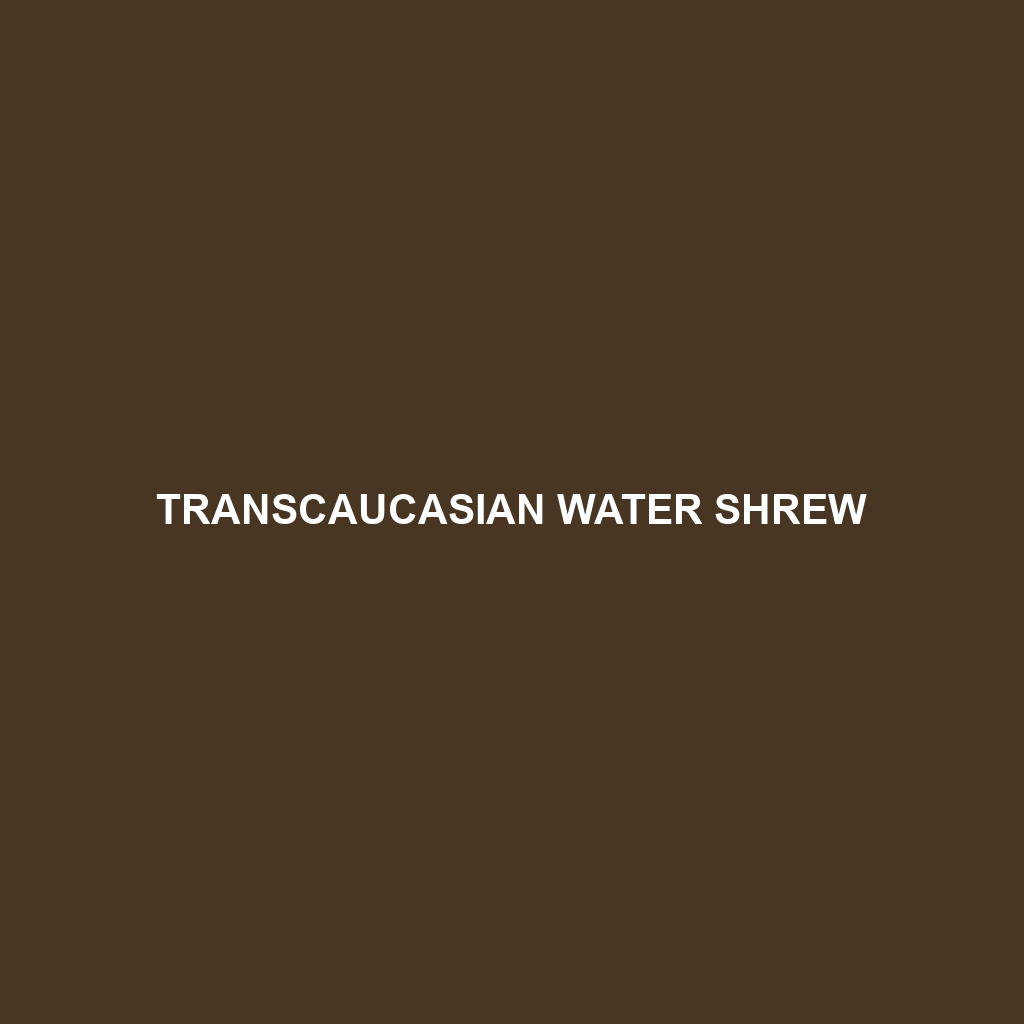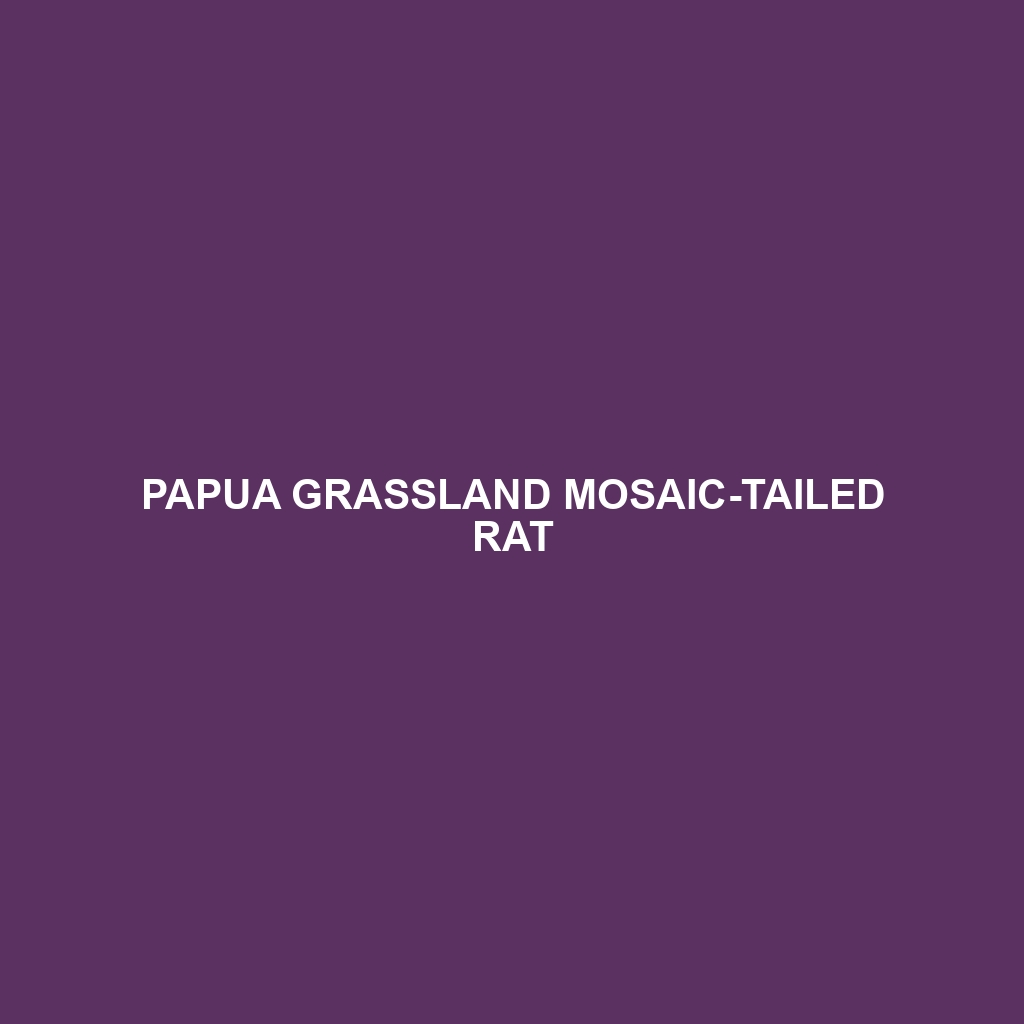<p>Discover the <b>Brown Water Snake</b> (<i>Nerodia taxispilota</i>), a semi-aquatic predator known for its robust 3 to 5 feet length, distinct coloration, and vital role in maintaining balanced aquatic ecosystems. This non-venomous species thrives in freshwater habitats across the southeastern United States, feeding on fish and amphibians while showcasing fascinating behaviors during mating season.</p>
Tag: marshes
Mauremys leprosa
Discover the Mediterranean pond turtle, <b>Mauremys leprosa</b>, a semi-aquatic species thriving in southern European freshwater habitats, characterized by its distinctive dark brown to olive carapace, long neck for foraging, and an omnivorous diet. This vulnerable species plays a crucial role in maintaining aquatic ecosystems, contributing to biodiversity as both herbivore and scavenger.
Geoemyda japonica
Discover the Geoemyda japonica, or Japanese pond turtle, a vulnerable species thriving in East Asia's wetlands, marshes, and temperate forests. With a distinctive dome-shaped shell and an omnivorous diet, this diurnal turtle plays a crucial role in maintaining ecological balance while exhibiting fascinating social behaviors and unique adaptations for survival.
Clemmys guttata
Introducing the Clemmys guttata, or spotted turtle, renowned for its striking black shell adorned with unique yellow or orange spots. Thriving in freshwater habitats like marshes and swamps, this small turtle reaches 4 to 5 inches in length and is a vital contributor to aquatic ecosystems.
South Andean Huemul
Discover the fascinating world of the Marsh Deer, a large herbivore native to the wetlands of South America, including Brazil, Argentina, and Paraguay. Known for their impressive swimming capabilities and distinctive palmate antlers, these creatures play a crucial role in maintaining the ecological balance of their habitat. Explore their unique behaviors, diet, and conservation challenges in this informative blog post.
Southern Bushbuck
Discover the fascinating world of the Sitatunga, a unique antelope that thrives in the wetlands of Central and Southern Africa. With its distinctive water-repellent coat, elongated hooves, and remarkable swimming abilities, this elusive creature plays a vital role in its ecosystem while facing threats from habitat destruction and illegal hunting. Learn about its behavior, diet, and conservation status, and uncover why the Sitatunga, or "marshbuck," is a remarkable example of adaptation in nature.
Jackson’s Mongoose
Discover the intriguing world of the Marsh Mongoose (*Herpestes palustris*), a semi-aquatic mammal thriving in wetlands across Africa and Asia. With a diverse diet ranging from small mammals to crabs, and remarkable agility that allows it to fend off venomous snakes, this social creature plays a vital role in its ecosystem. Learn more about its habitat, behavior, and conservation status in our latest blog post.
Transcaucasian Water Shrew
Discover the unique Transcaucasian Water Shrew (<i>Neomys teres</i>), a fascinating semi-aquatic mammal native to the lush riparian zones of Georgia, Armenia, and Azerbaijan. With webbed feet and agile swimming abilities, these nocturnal predators play a crucial role in their wetland ecosystems, primarily feeding on aquatic invertebrates. However, their vulnerable status due to habitat loss highlights the urgent need for conservation efforts to protect this remarkable species.
Papua Grassland Mosaic-tailed Rat
Discover the fascinating world of Delany's Swamp Mouse (<i>Notomys delicatus</i>), a small, nocturnal rodent thriving in the wetlands of southeastern Australia. Learn about its vital role in the ecosystem, unique adaptations such as swimming and diving, and the challenges it faces due to habitat loss, which has led to its vulnerable conservation status. Explore the intricate lifestyle and behaviors of this remarkable species, from its foraging habits to its playful nature.
Small Luzon Forest Mouse
Explore the fascinating world of the Australian Swamp Rat (<i>Rattus lutrecola</i>), a medium-sized rodent uniquely adapted to wetland habitats across southeastern Australia. From its agile swimming abilities to its critical role in ecosystem health through plant regulation and soil aeration, learn about this vulnerable species, its social behavior, diet, and the challenges it faces due to habitat loss. Discover why these remarkable creatures are essential to their environments and the conservation efforts needed to protect them.









